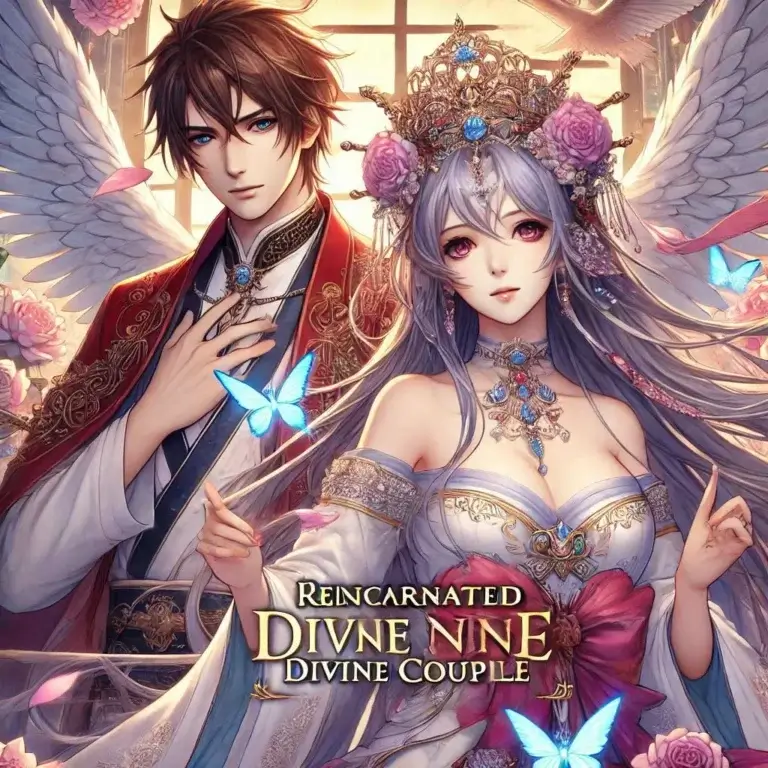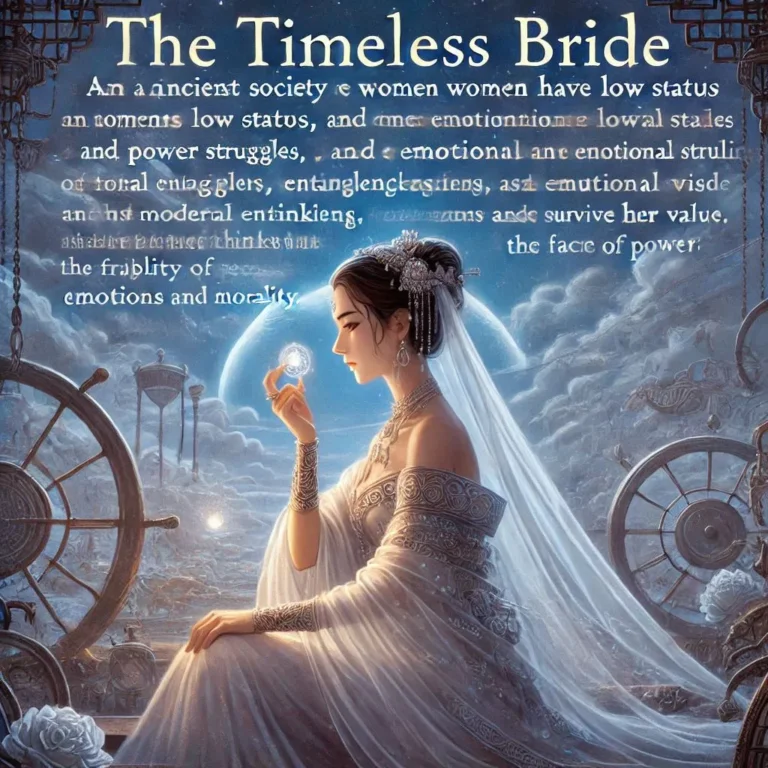No one expected that the ordinary middle-class family, silenced by money, would not give up. The victim’s sister had been secretly collecting evidence for three years with the help of a justice-minded police officer.
Today, with support from a political force, she accused the royal family of abusing power and protecting a serial killer. The questioning of royal privileges and the incident’s financial aspects became a focal point for democratic protests.
In the video, the victim’s haggard sister and parents held photos during a press conference, expressing deep grief.
“…Jenny was a kind, pure girl with a warm heart. But she was young and could not escape the serial killer’s clutches. The photo was taken at her seventeenth birthday, and she will never celebrate her eighteenth. She was still a child, never having the chance to go to university or develop her life. Each time the killer walks out of the police station, I wonder: in this empire, on this planet, how many girls like Jenny will never open their eyes again…”
“Poor girl…” Wilhelmina felt indignant. “Have they arrested him, Sir Wolf?”
“Yes, Your Highness,” Sir Wolf replied. “But approximately an hour ago, Lord Stanford was released on bail.”
“That’s hardly a wise approach,” Wilhelmina said. “How much is the bail?”
“Five million Imperial pounds, Your Highness,” Sir Wolf said, looking amazed. “It was originally only supposed to be a thousand. But the Special Investigation Bureau dug up bodies from the basement and garden of Red Castle.”
Lv Beke, the Chief of Internal Affairs, opened the door, and the ministers walked out, with the Minister of Finance and the Minister of Justice looking furious, followed closely by the Minister of State, who shook his head sternly.
In the audience chamber, Annabel sat on the throne, supporting her forehead with her eyes closed, appearing extremely tired. She did not raise her head when everyone bowed.
Wilhelmina made eye contact with Marshal Selberg, who politely bowed to her.
“I believe you all know why I called you here,” the queen spoke, her voice slightly hoarse. “We have encountered difficulties regarding trust and the law. Lord Stanford is my cousin, and I mistakenly thought he was just an ordinary playboy.”
No one spoke as Brück served tea and refreshments. Everyone silently added sugar and milk to their tea, resembling attendees of a memorial service.



